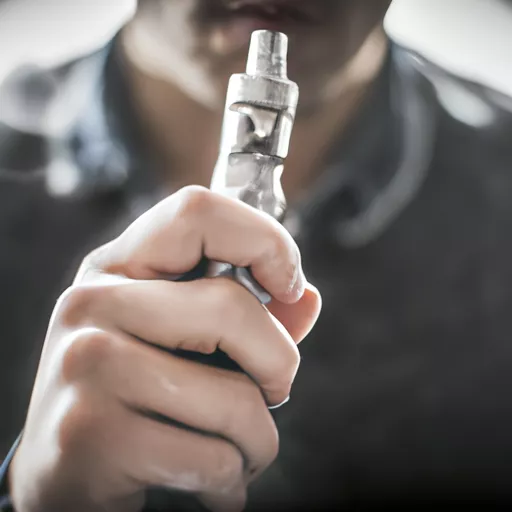Vape

Vaping has become increasingly popular in recent years, and the Philippines is no exception. As someone who has been living in the Philippines for many years, I have seen the rise of vaping in this country. In this article, I will provide quality information about vaping in the Philippines, including its current status, regulations, and the options available to vapers.
First and foremost, it is important to define what vaping is. Vaping is the act of inhaling and exhaling vapor produced by an electronic cigarette or other similar devices. The vapor is created by the heating of a liquid, commonly known as e-juice or e-liquid, which usually contains nicotine, flavorings, and other chemicals. Vaping is seen as an alternative to traditional smoking and is often used as a way to quit smoking. However, it has also become a hobby, with many vapers collecting different devices and flavors.
The vape scene in the Philippines has been growing rapidly in recent years. In 2019, the country was ranked as the third largest market for e-cigarettes in the world, with an estimated 1 million vapers. This number is expected to continue growing as more smokers turn to vaping and as the industry introduces new and innovative products.
Vaping in the Philippines is largely unregulated, with no laws specifically addressing e-cigarettes. However, there are some restrictions in place. In 2017, the Food and Drug Administration (FDA) released a statement clarifying that e-cigarettes and e-juices are deemed as tobacco products and are subject to the same regulations as traditional cigarettes. This includes a ban on advertising, promotion, and sponsorship of e-cigarettes, as well as a requirement for manufacturers to submit their products for FDA approval.
Despite these regulations, many vape shops can be found throughout the country, with popular areas being in Metro Manila and Cebu. These shops offer a wide variety of devices and e-juices, both local and international brands. Online shopping for vaping products is also available, with websites like Vape being a popular choice among vapers. However, it is important to note that the sale of vaping products to minors (below 18 years old) is strictly prohibited in the Philippines, and most shops have strict age verification processes in place.
One of the main reasons for the popularity of vaping in the Philippines is its affordability. Compared to traditional cigarettes, which are heavily taxed in the country, vaping is relatively cheaper in the long run. A starter kit, consisting of a device and e-juice, can cost around 1,000 to 3,000 pesos (approx. $20-50 USD). This can vary depending on the brand and type of device. A 30ml bottle of e-juice can last a regular vaper about a week to two weeks, depending on usage, and can cost around 200 to 500 pesos (approx. $4-10 USD).
In terms of flavors, the options in the Philippines are endless. There are local brands that offer unique Filipino flavors like mango, ube, and buko pandan. International brands are also readily available, offering a wide range of flavors from fruity to dessert-inspired flavors. In addition, many vape shops offer customers the option to customize their own e-juice, allowing for a more personalized vaping experience.
Another advantage of vaping in the Philippines is the sense of community it brings. Many vape shops hold events and gatherings, giving vapers the opportunity to meet and socialize with other vapers. There are also online communities, such as forums and Facebook groups, where vapers share their knowledge and experiences, as well as organize meet-ups and events.
However, it is important to note that there are still debates about the safety and health effects of vaping. Some studies have shown that vaping may have its own risks, such as respiratory issues and nicotine addiction. This is why it is important to regulate the industry and ensure that products are properly labeled and tested.
In conclusion, vaping in the Philippines has become a popular alternative to traditional smoking, with a growing community of vapers and a wide variety of available products. The country may have some regulations in place, but there is still a need for stricter guidelines to ensure the safety of vapers. As someone who has personally witnessed the rise of vaping in the Philippines, I can say that it has definitely made a significant impact in the cigarette culture of the country. With continuous research and development, I believe that vaping will continue to evolve and attract more people in the years to come.